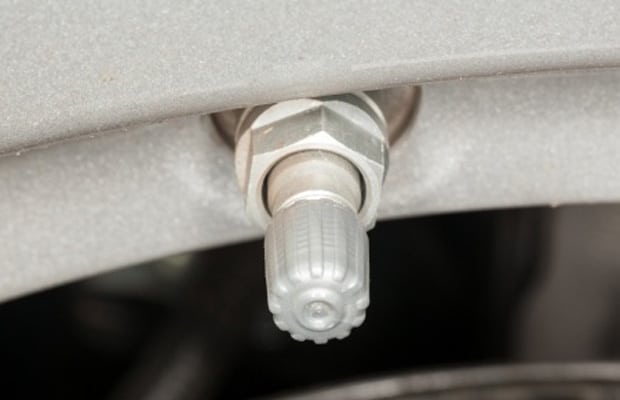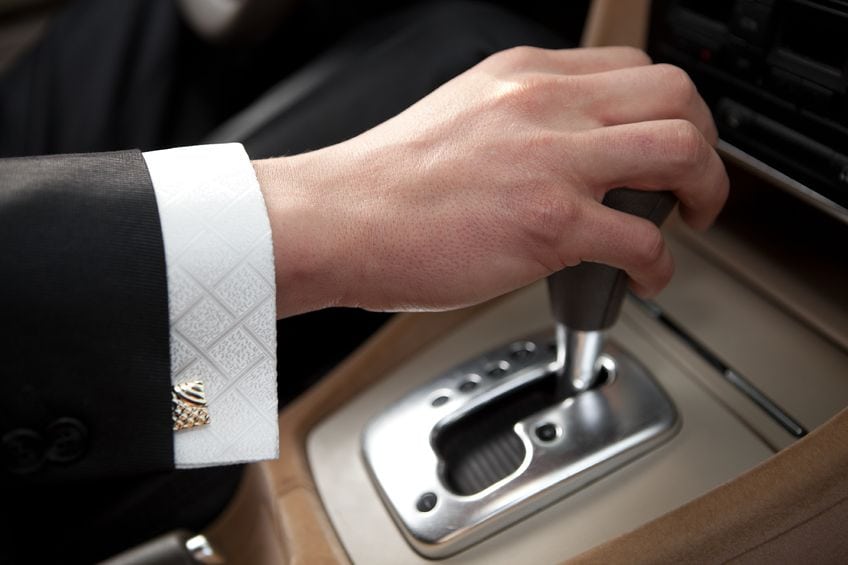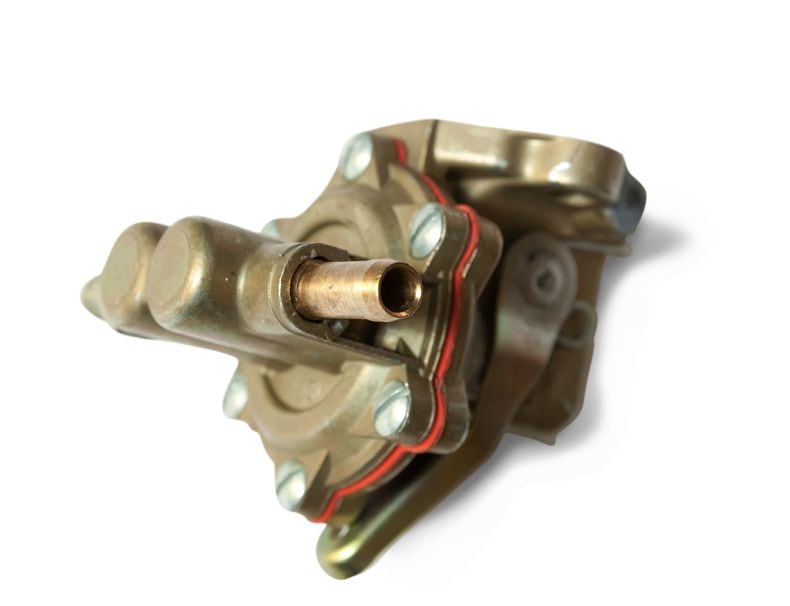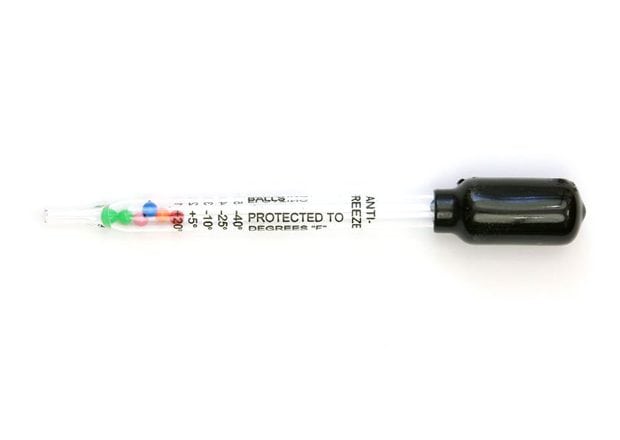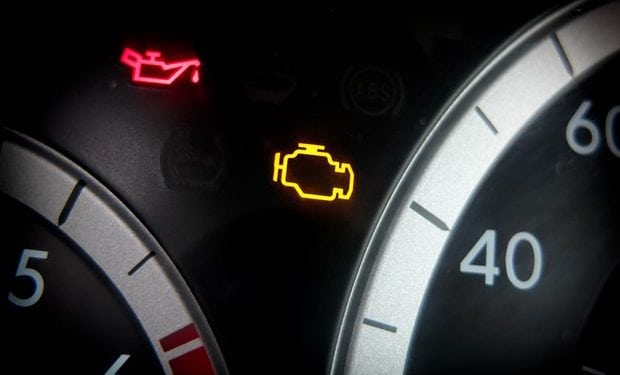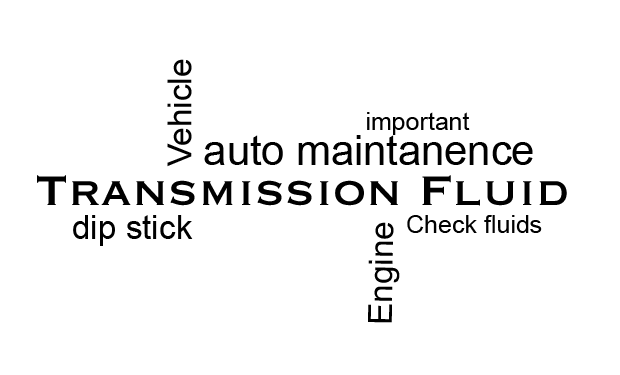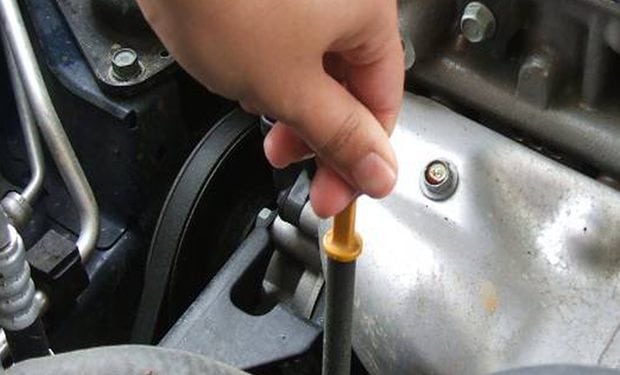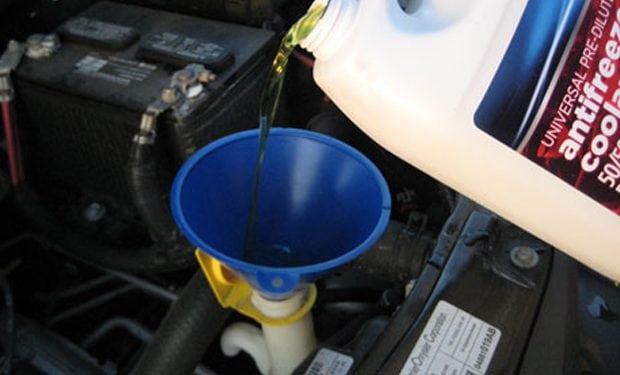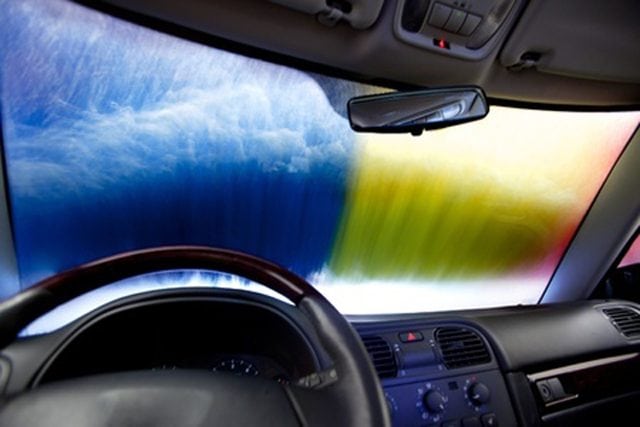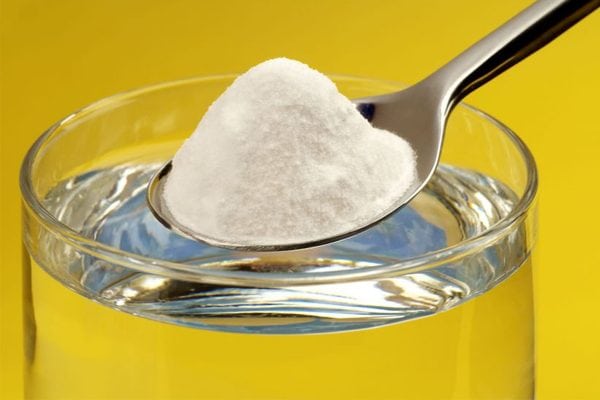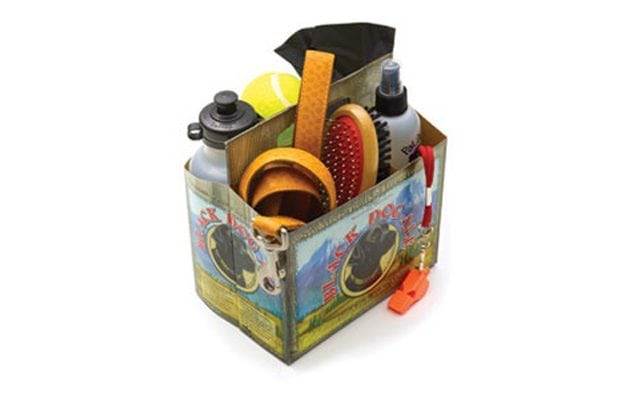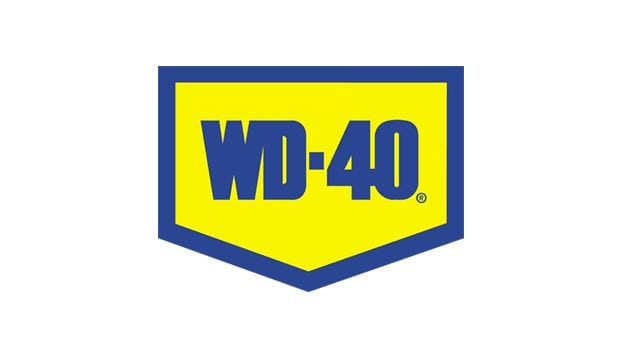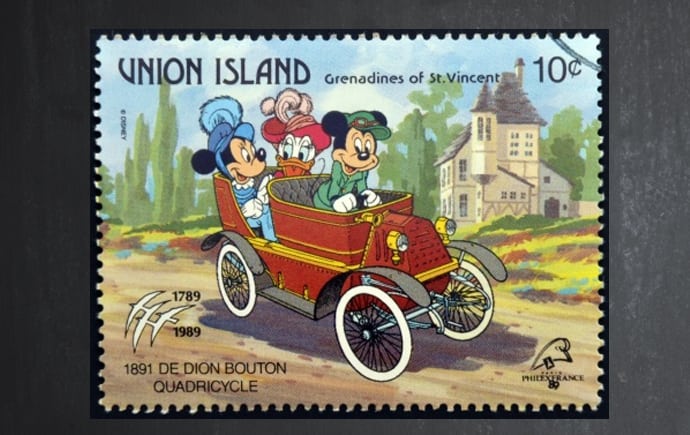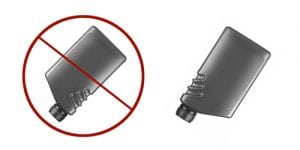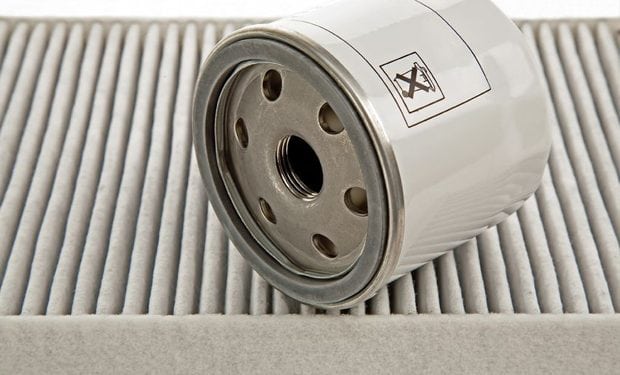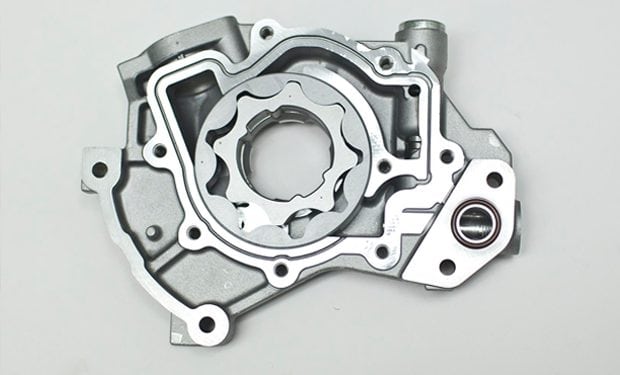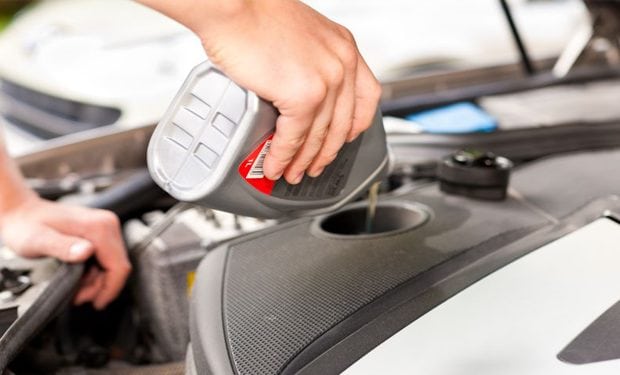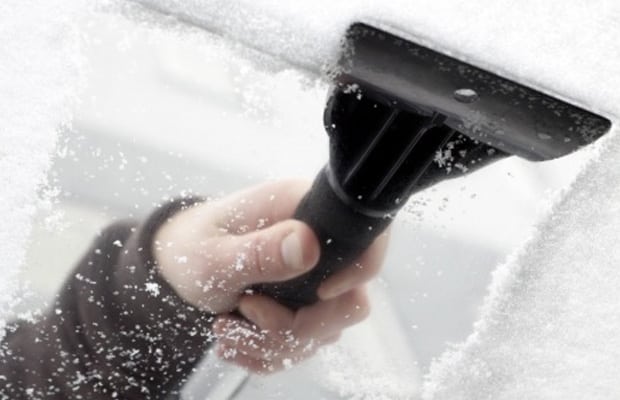
Oil Change
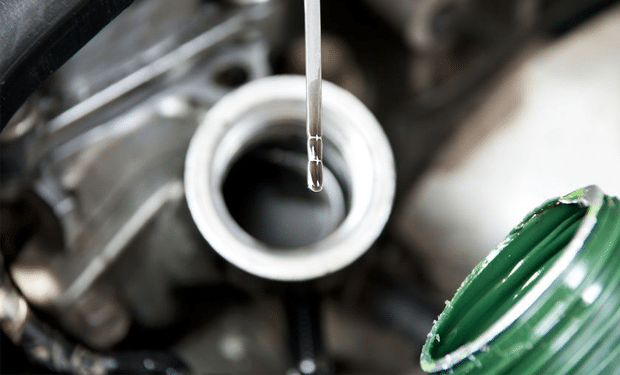
Purpose:
An oil change consists of changing your oil filter, draining and replacing your oil. It is one of the most important things you can do for your car.
Symptoms You May Need an Oil Change:
1. Oil Life Indicator Light is on.
2. Car is making a pinging, knocking or clanging sound.
3. You check your oil and it is too dark or even sludgy. Oil should be amber in color and fairly transparent.
NOTE: Diesel engine oil turns black even when it is brand new.
Care & Repair:
How often you should get your oil changed:
Many cars have an oil life indicator which will let you know when your oil needs changed. The average newer car with conventional oil gets changed every 5,000 – 7,000 miles. Some mechanics believe that you should still get your oil changed every 3,000 miles if you drive under “extreme” conditions. Some examples are:
1. You live in a climate with extreme hot and cold temperatures
2. You drive short distances frequently
3. You frequently drive on dirt roads
4. Your vehicle frequently carries heavy loads
5. You have an older engine, usually meaning over 100,000 miles.
How often you get your oil changed also depends on the kind of oil you are using. Here are some of the most common types of oil:
NOTE: Switching between different types of oil will not harm your vehicle.
1. Conventional Oil:
Conventional oil is crude oil that has been refined. Most mechanics recommend that you change conventional oil every 3,000 – 7,000 miles.
2. Synthetic Blend Oil:
Synthetic blend is a mixture of synthetic and conventional motor oil. In price and in quality, it falls in the middle of the two.
3. Synthetic Oil:
Synthetic oil helps your engine run smoother and breaks down much slower than conventional oil. You can drive on synthetic oil farther without getting your oil changed, about every 7,000 – 14,000 miles. A few synthetic oil companies say you can even go 15,000 – 25,000 miles.
NOTE: Since most cars can go so much longer in between oil changes, keep an eye on your oil levels. Even though your oil may not need changed, you may need to add oil.
Where to get your oil changed:
When deciding what type of oil change place to go to, it just depends on what you are looking for. When comparing prices, dealerships and quick lube places are actually pretty similar. The benefit of the dealership is that their technicians are very familiar with your type of vehicle and know what common problems to look for when they inspect your car, they may have a better chance of detecting additional problems. The positive thing about a quick lube oil place is that they are fast. Dealerships, although some are installing (or have installed) their own quick oil change places, are often really slow. A lot of people don’t want to wait 3 hours for an oil change when they can get one done in 20 minutes.
Cost: $20 – $100
An oil change consists of changing your oil filter, draining and replacing your oil. It is one of the most important things you can do for your car. Oil is a lubricant that prevents the metal components of your engine from making metal to metal contact. Oil needs to be changed because it loses its ability to lubricate moving metal parts. Worst case scenario, if you run out of oil the metal parts of the engine will either weld themselves together or become disfigured.
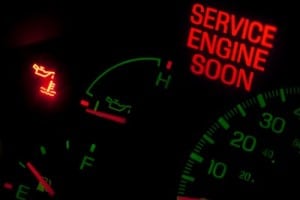 How you know when it’s time for an oil change:
How you know when it’s time for an oil change:
1. Oil Life Indicator:
An oil life indicator is how your car tells you it needs an oil change. There are several different kinds, some give you a percentage of oil life remaining and some have text that says, oil change needed (or something like that). This is not the same as the oil pressure light, so make sure you don’t get them mixed up. (Scroll down for more information about the oil pressure light.) There are 4 different ways your car calculates when it needs an oil change:
*Number of Miles: Some cars determine when they need an oil change by mileage. When you have driven the amount of miles predetermined by your manufacturer, it will tell you to change your oil.
*Engine Revolutions: This is the same concept as the number of miles. The manufacturer has a predetermined amount of engine revolutions and when it gets to that number, it will tell you to change your oil. The difference between engine revolutions and miles is that engine revolutions will also count when your car is idling.
* Direct Measurement: This method actually tests the oil itself and checks for contaminants and other signs of a dwindling oil life.
* Algorithm Method: This method measures things like temperature, amount of moisture and the amount of work the engine has done to determine if you need your oil changed. Many GM vehicles use an algorithm based oil system.
Generally, if you have an oil life indicator that uses the Direct or Algorithm method, you will save yourself some oil changes. They usually show that your oil life is longer than every 3,000 miles, the previous recommendation for how many miles you should drive before your next oil change, if you are using conventional oil. If your car doesn’t have anything specific built into it that lets you know when your oil needs changed, make sure you change your oil according to your maintenance schedule.
2. Your car is making noise:
You may hear a clanging sound. This may mean that you have lost oil pressure and you are no longer getting lubricant to all of the engine components. You should check your oil level and if it is NOT low, you may have a serious issue and should have your vehicle towed to a trusted technician.
3. You check your oil and it is discolored:
If you check your oil and it is too dark or even sludgy, it may need changed. Oil should be amber in color and fairly transparent.
NOTE: Diesel engine oil turns black even when it is brand new.
NOTE: If your oil was recently changed or seems to be grey or milky, get it checked out ASAP. There may be another issue with your vehicle.
 How often you should get your oil changed:
How often you should get your oil changed:
Many cars have an oil life indicator which will let you know when your oil needs changed. Most people agree that changing your oil every 3,000 miles may not be necessary. The average newer car with conventional oil gets changed every 5,000 – 7,000 miles. If you have any reservations the best thing to do is to check you user manual and change your oil according to the manufacturer’s recommendations. Some mechanics still believe that you should get your oil changed every 3,000 miles regardless of manufacturer recommendations.
How often you get your oil changed also depends on the kind of oil you are using. Here are some of the most common types of oil:
NOTE: Switching between different types of oil will not harm your vehicle.
1. Conventional Oil:
Conventional oil is crude oil that has been refined. Most mechanics recommend that you change conventional oil every 3,000 – 7,000 miles.
2. Synthetic Blend Oil:
Synthetic blend is a mixture of synthetic and conventional motor oil. In price and in quality, it falls in the middle of the two.
3. Synthetic Oil:
Although some people think that synthetic oil is completely man-made, is it also derived from crude oil, it just goes through a different refining process than conventional. It has smaller molecules and penetrates the microscopic holes in the metallic parts of the engine. This allows less friction and breakdown which prolongs engine life and helps the engine run smoother. The engine running smoother may also slighty improve your gas mileage. Synthetic oil also breaks down much slower than conventional oil. You can drive on synthetic oil farther without getting your oil changed, about every 7,000 – 14,000 miles. A few synthetic oil companies say you can even go 15,000 – 25,000 miles. Take this into consideration when you are weighing out the costs.
NOTE: Since most cars can go so much longer in between oil changes, keep an eye on your oil levels. Even though your oil may not need changed, you may need to add oil.
![]() TIP: One thing that you can do every day to check your car “health” is to look on the ground where your car was parked. If you see an oily spot, get out and check the spot. If it is reddish and lighter, then it is probably transmission oil. If it is darker, it is probably engine oil. If it is watery and green or pink in color, it might be antifreeze. Check the position of where the spot is in relation to where your vehicle was parked, this could help you find the source of the leak.
TIP: One thing that you can do every day to check your car “health” is to look on the ground where your car was parked. If you see an oily spot, get out and check the spot. If it is reddish and lighter, then it is probably transmission oil. If it is darker, it is probably engine oil. If it is watery and green or pink in color, it might be antifreeze. Check the position of where the spot is in relation to where your vehicle was parked, this could help you find the source of the leak.
Where to get your oil changed:
When deciding what type of oil change place to go to, it just depends on what you are looking for. When comparing prices, dealerships and quick lube places are actually pretty similar. The benefit of the dealership is that their technicians are very familiar with your type of vehicle and know what common problems to look for when they inspect your car, they may have a better chance of detecting additional problems. The positive thing about a quick lube oil place is that they are fast. Dealerships, although some are installing or have installed their own quick oil change places, are often really slow. A lot of people don’t want to wait 3 hours for an oil change when they can get one done in 20 minutes.
The cost of an oil change is $20 – $100, depending on the model and make of your car and what type of oil you use. This is simply for the technician to drain and replace your oil and oil filter. For a more accurate estimate on what an oil change would be for your car, go to http://repairpal.com/


